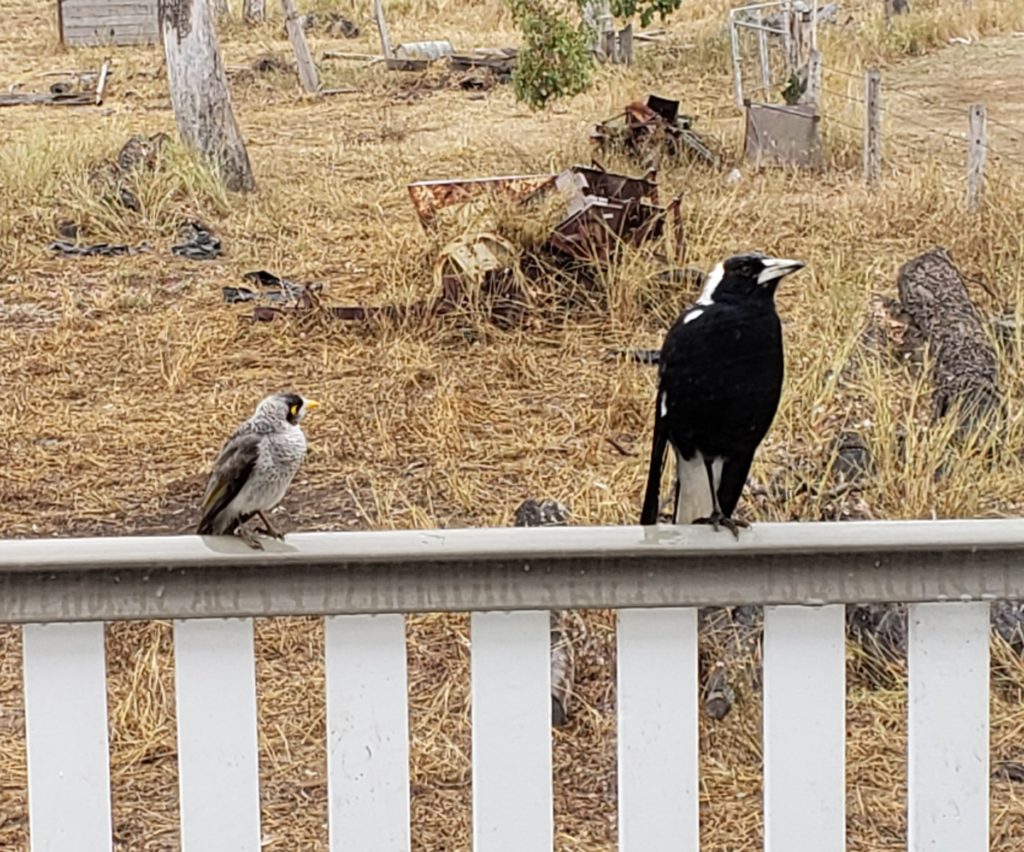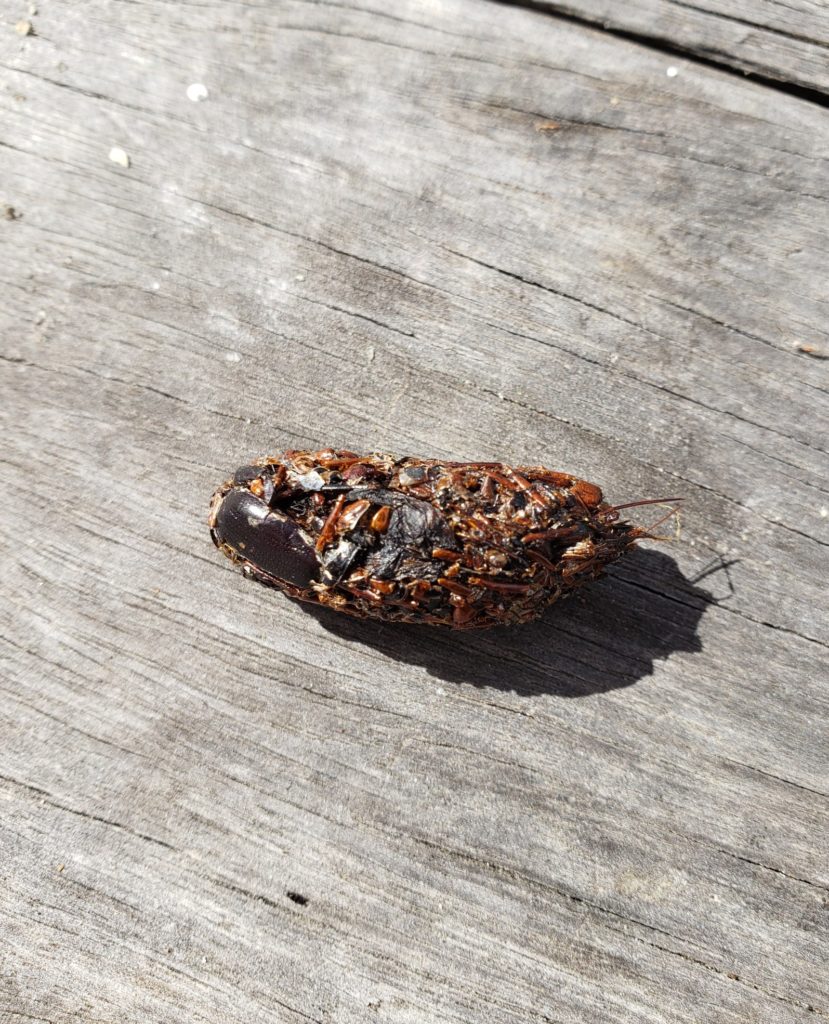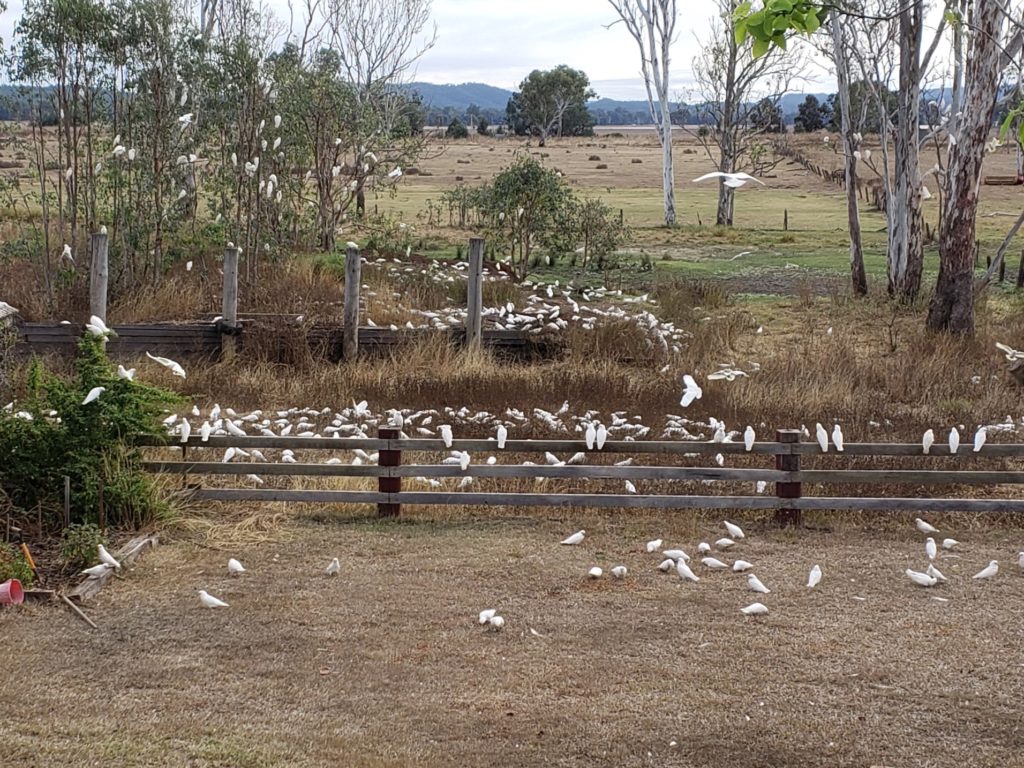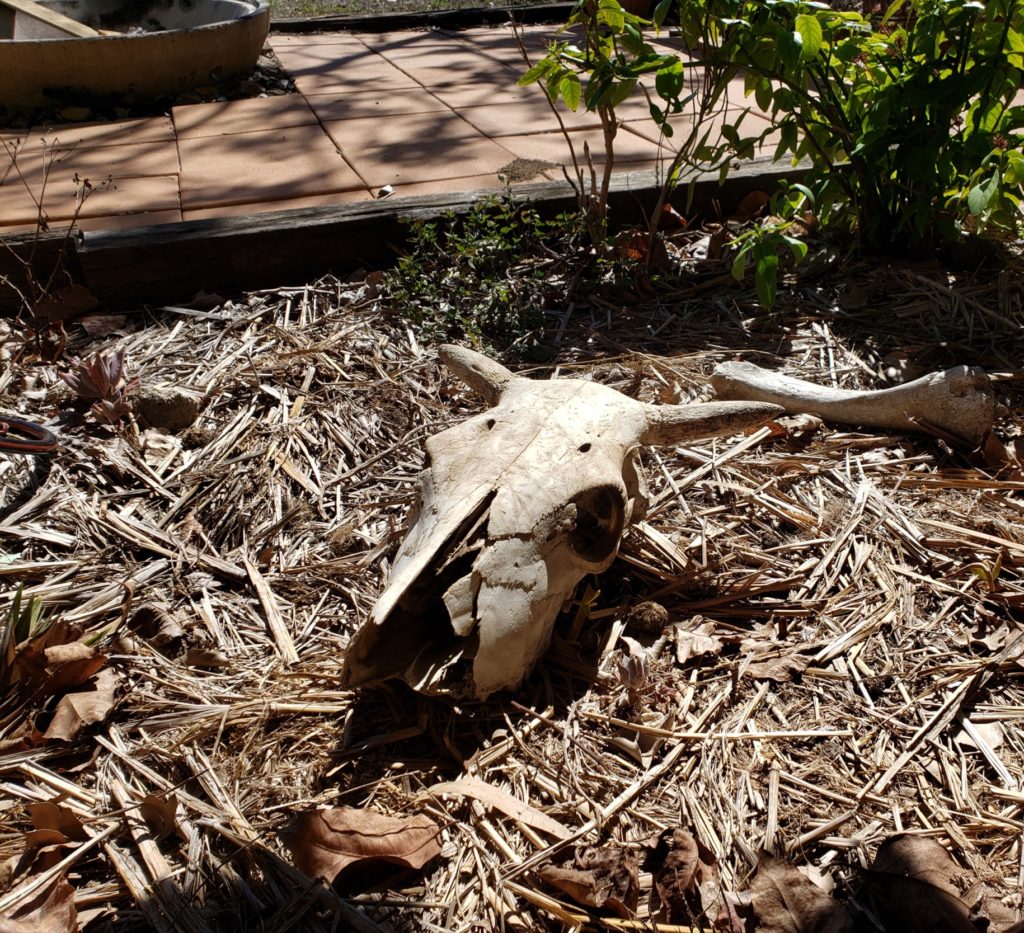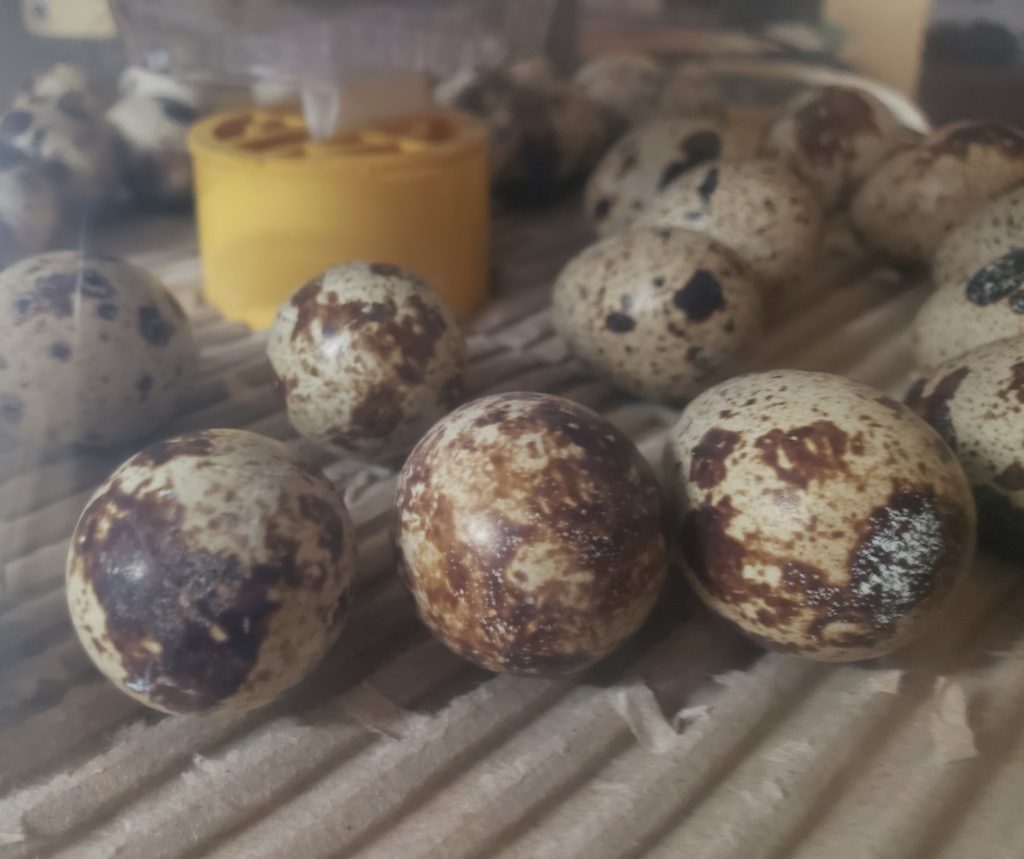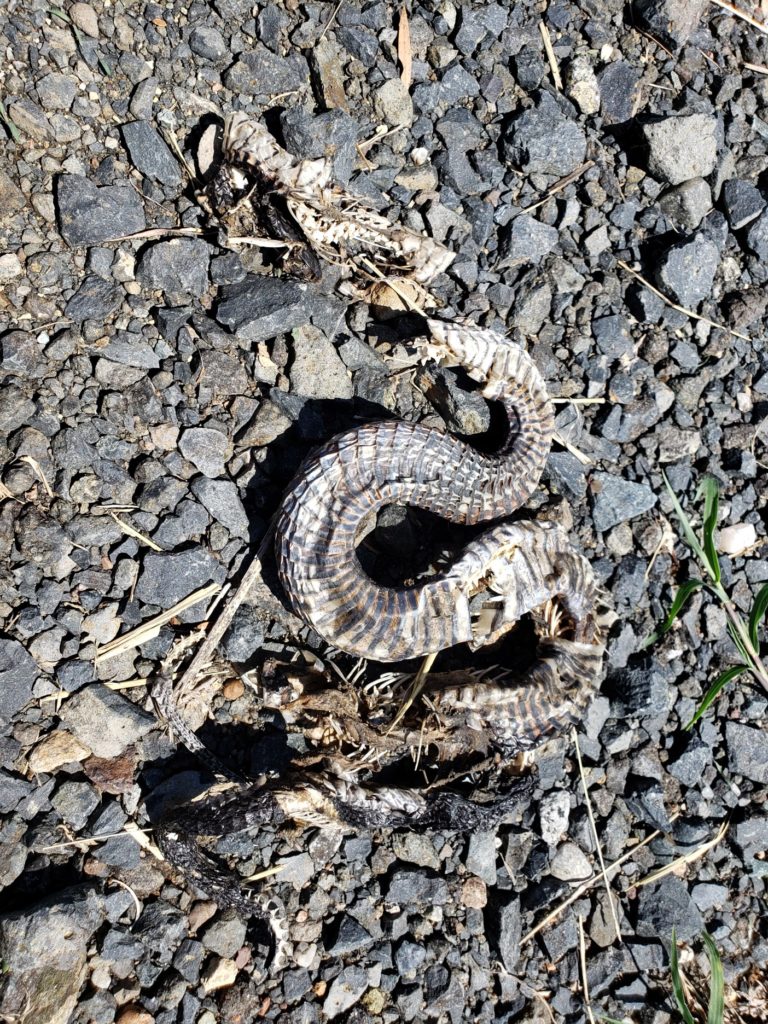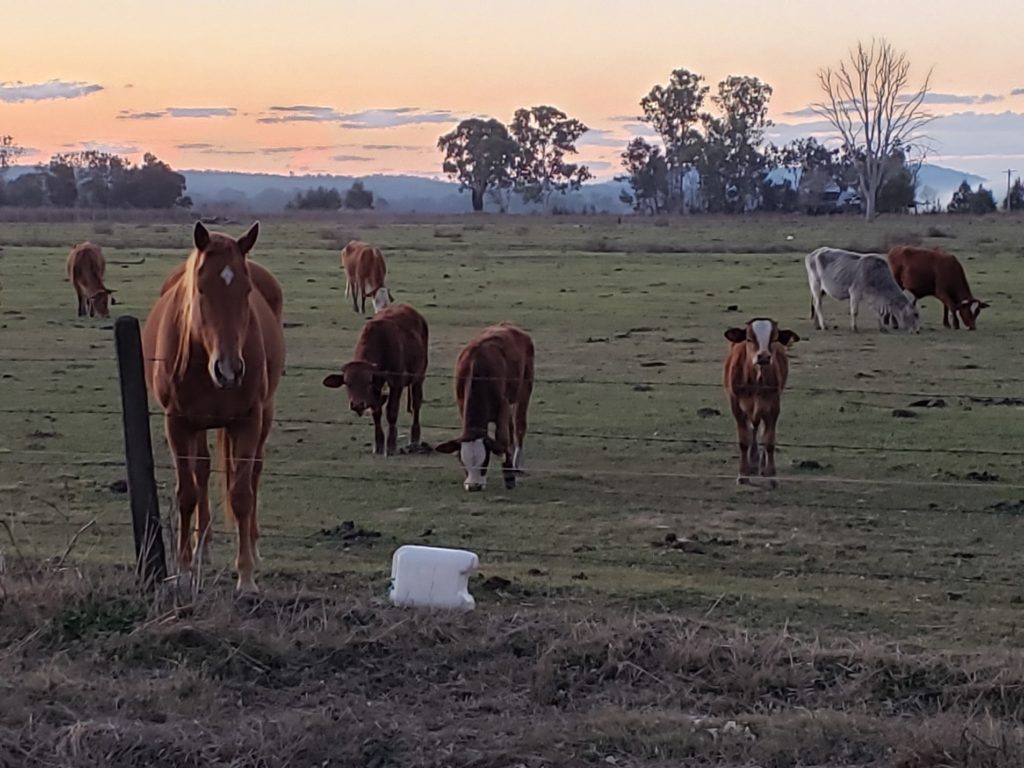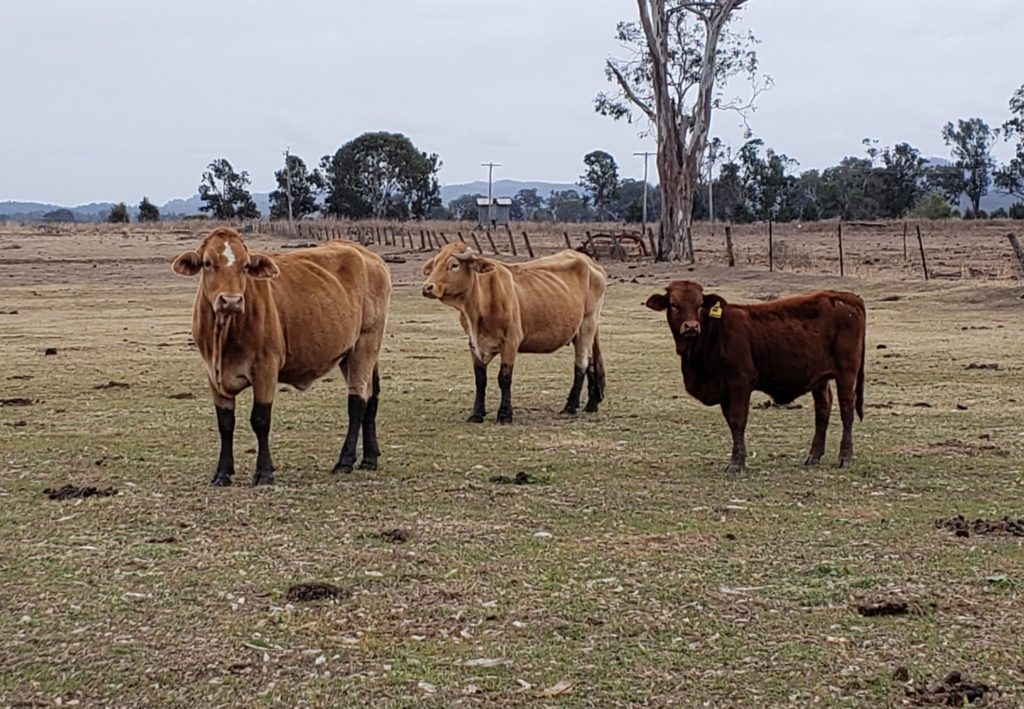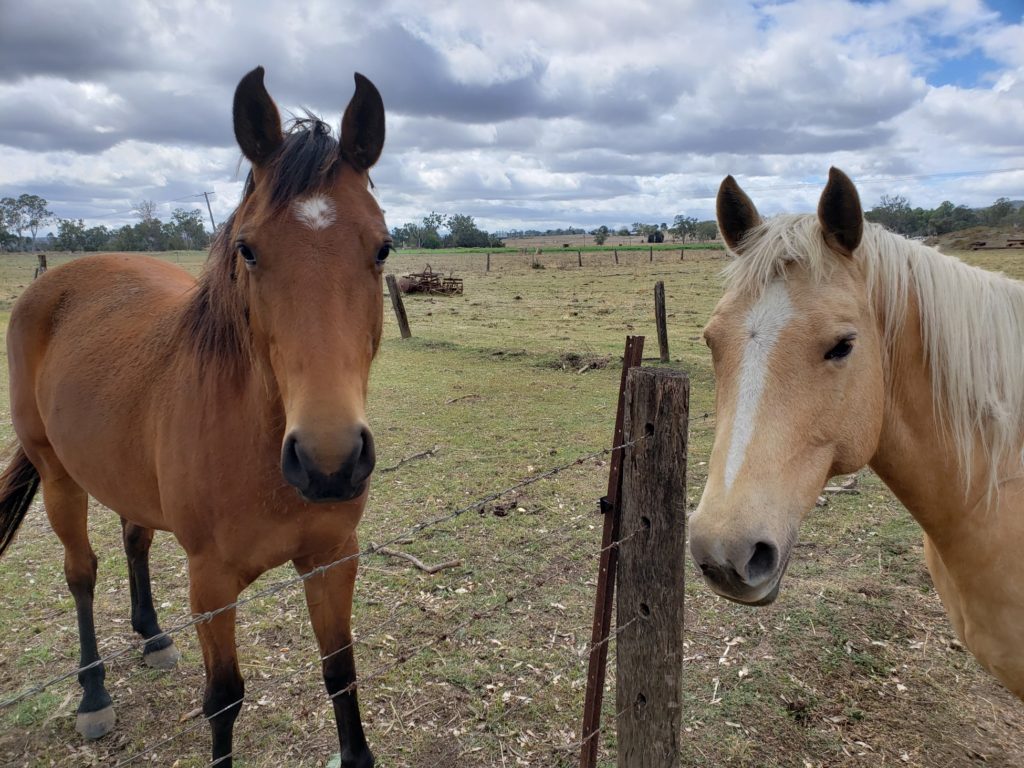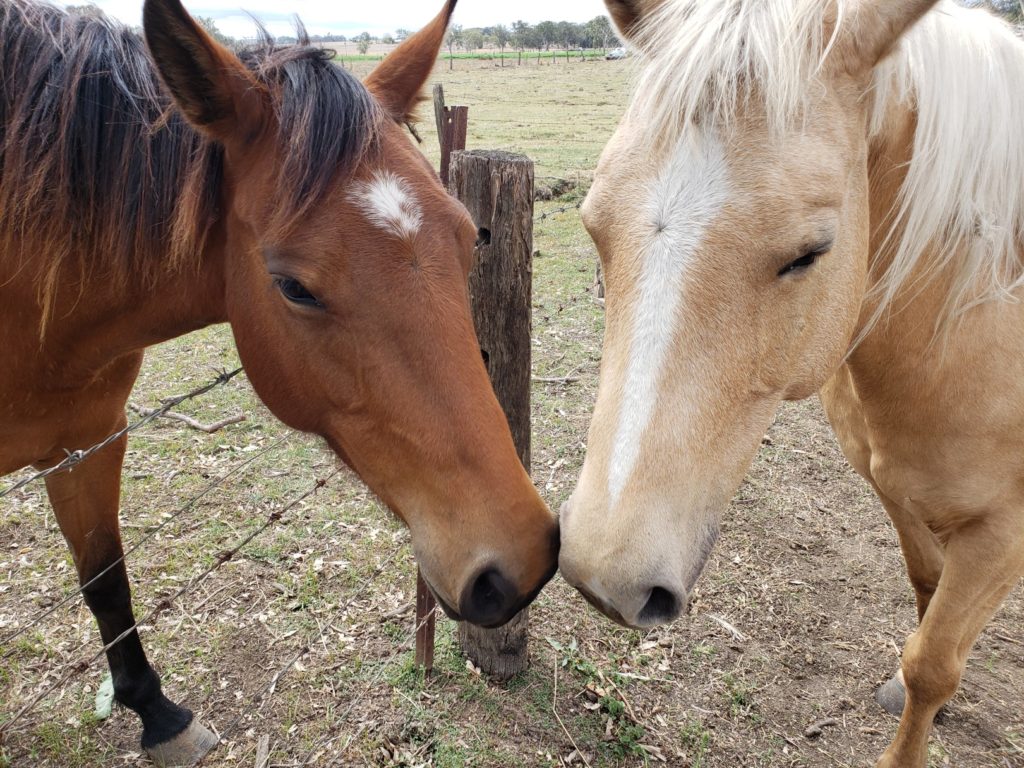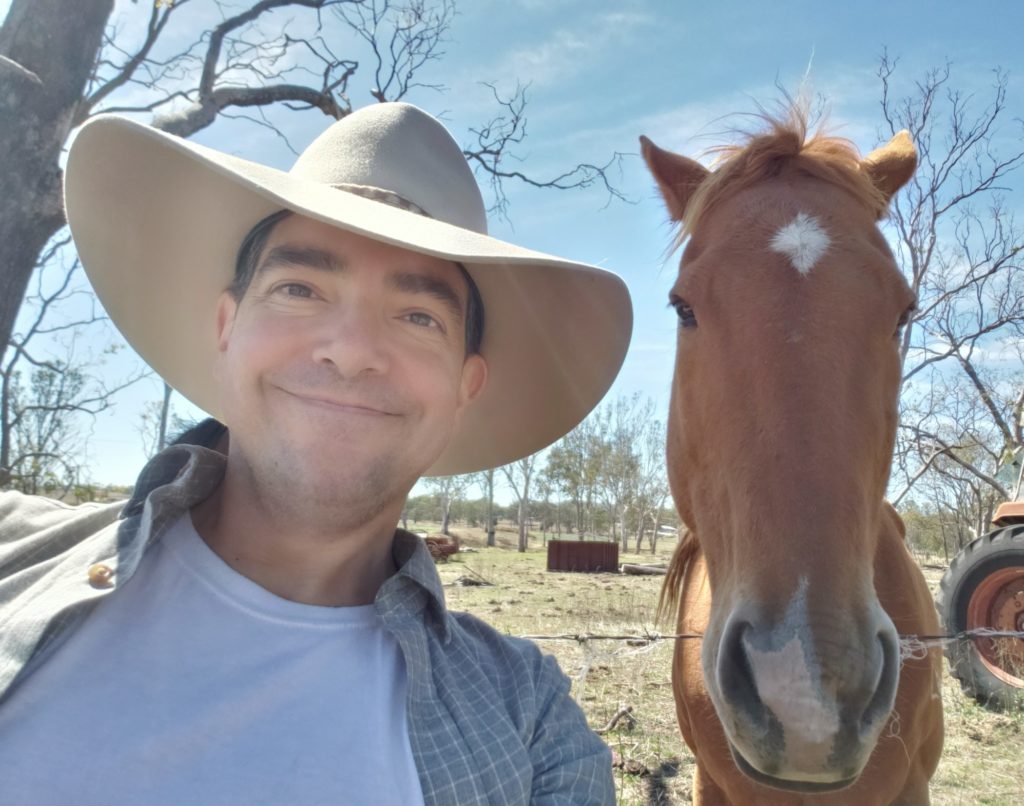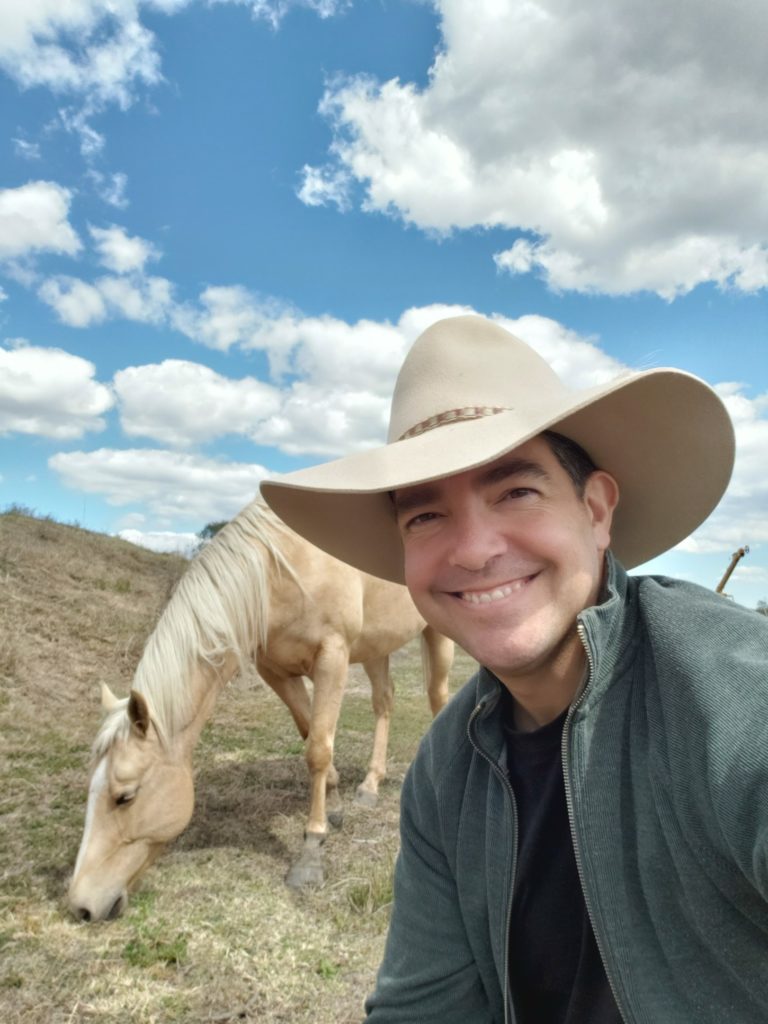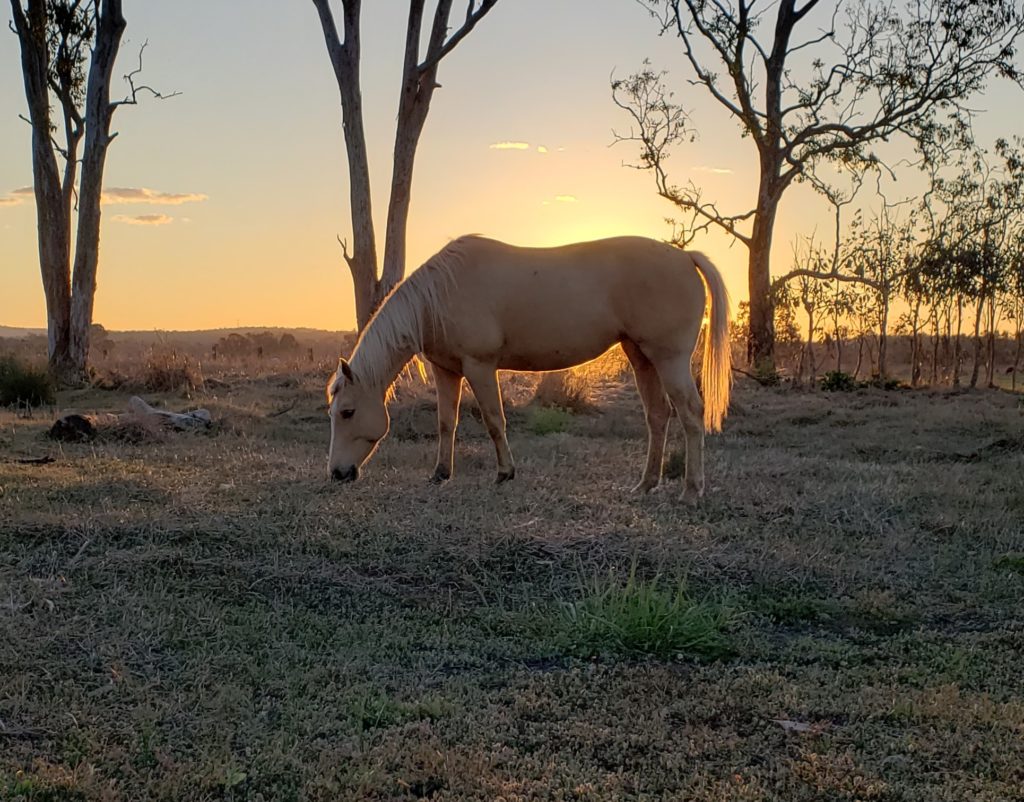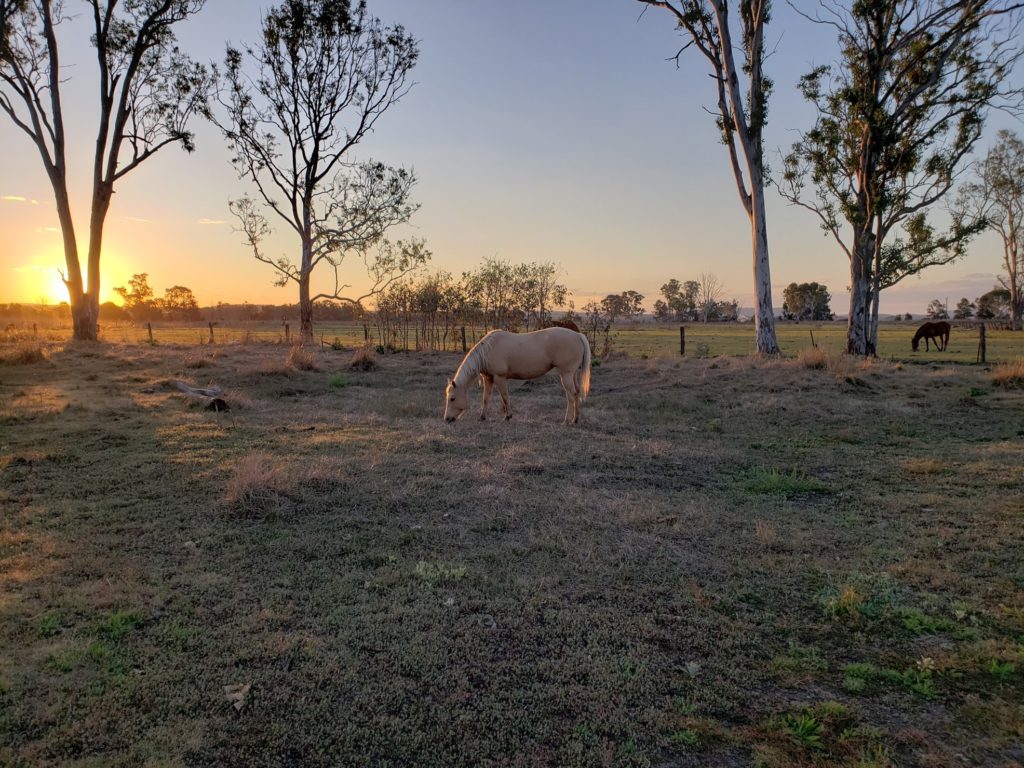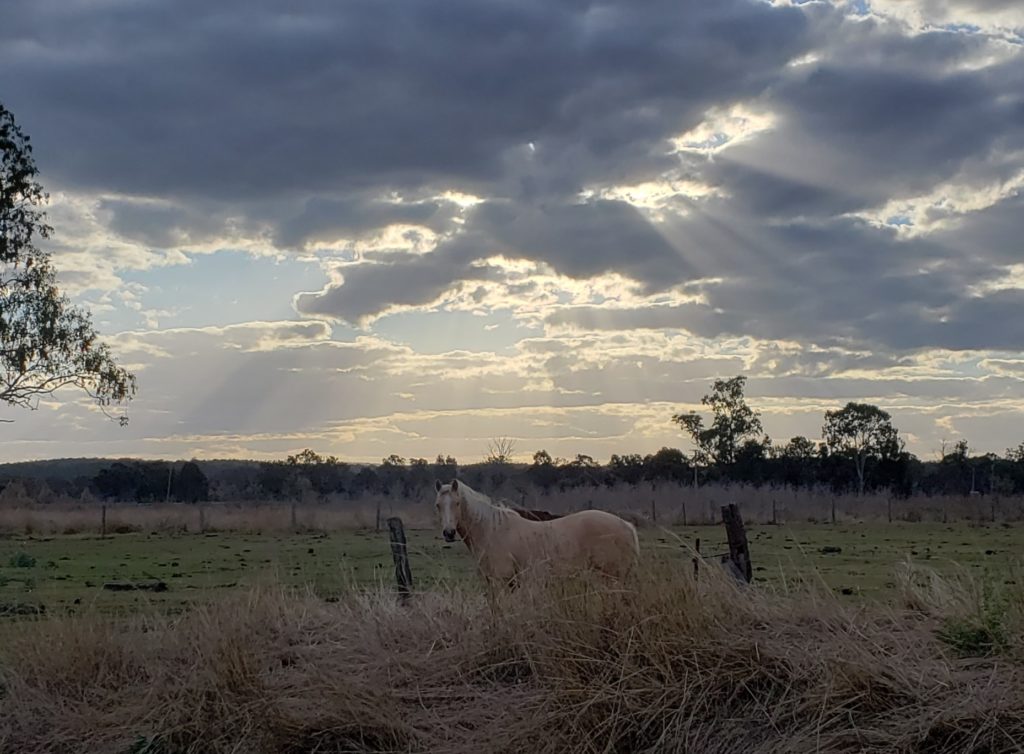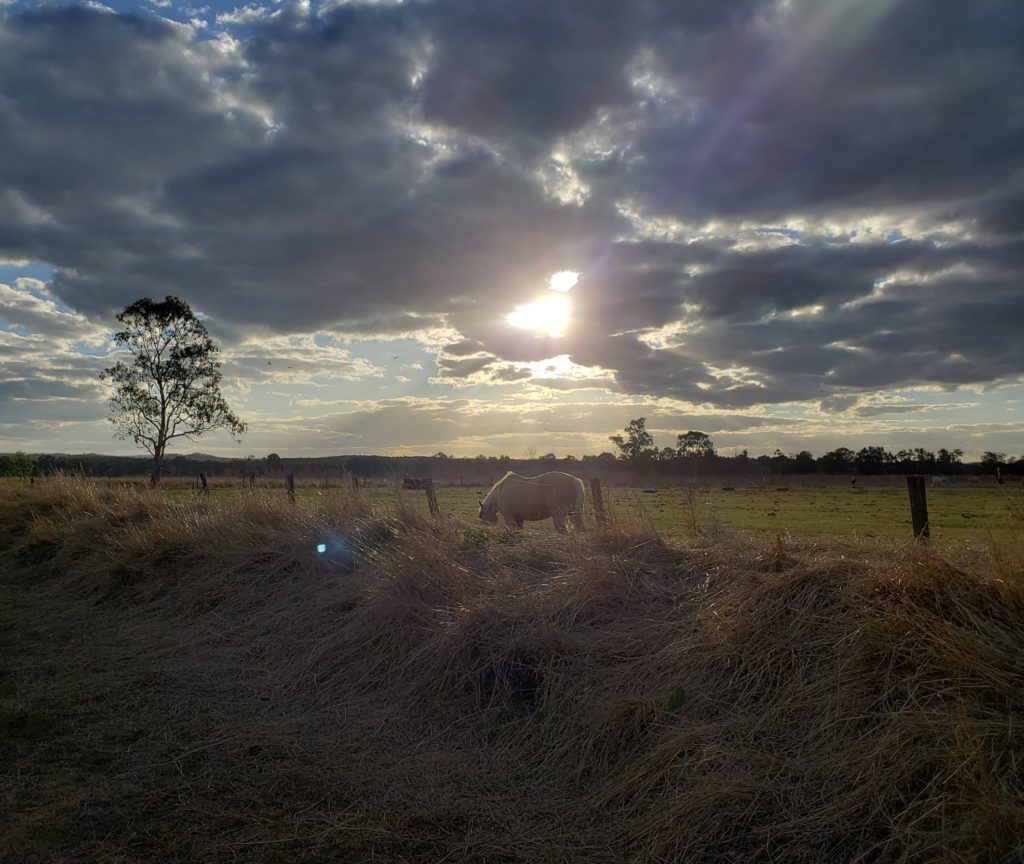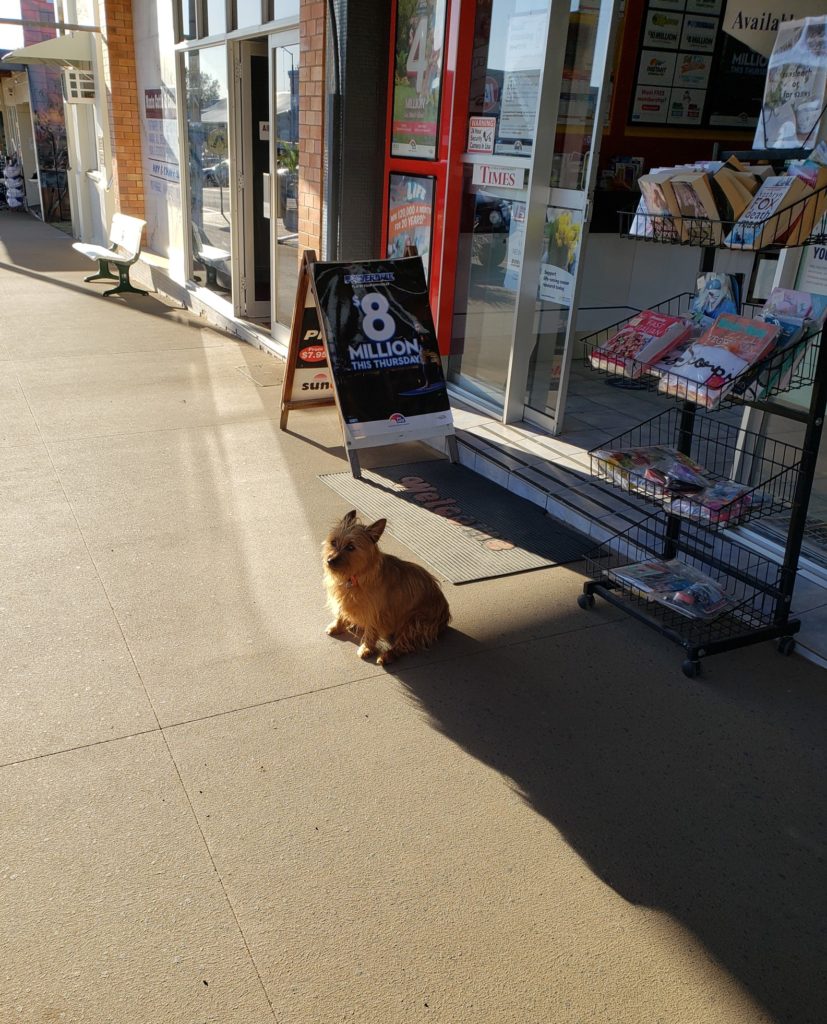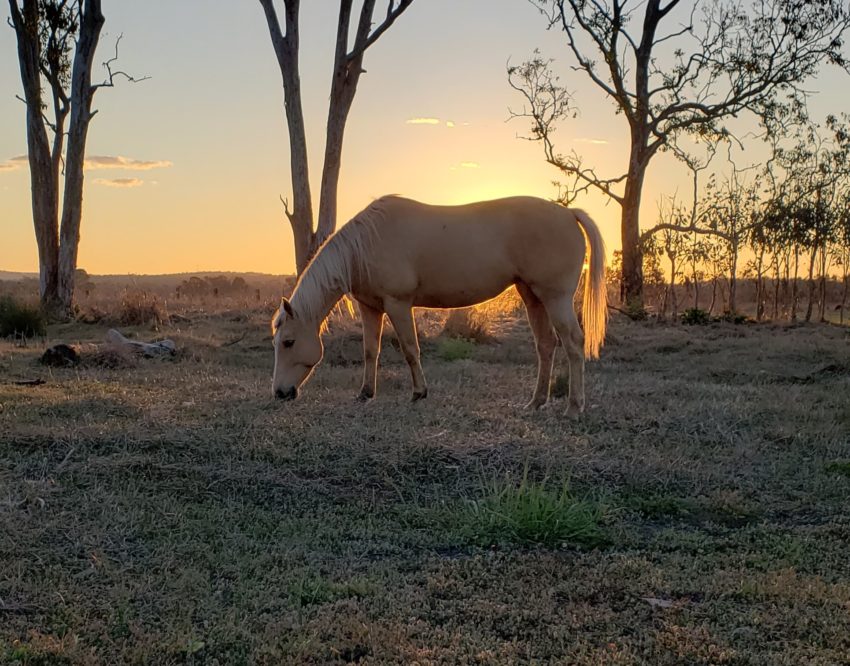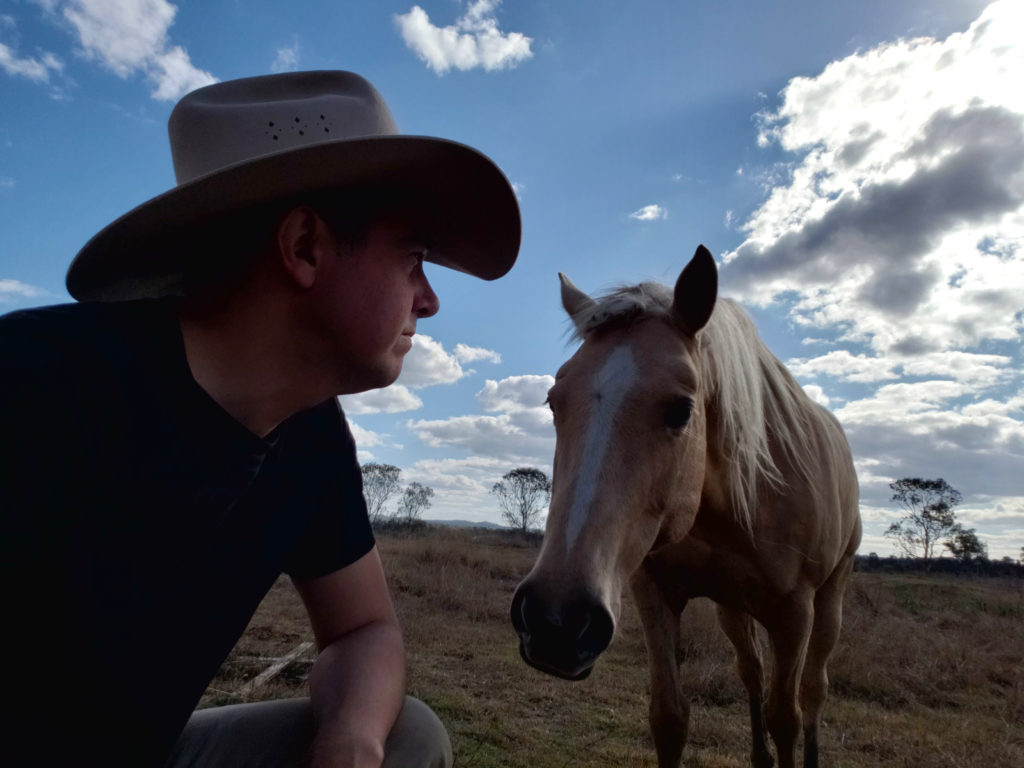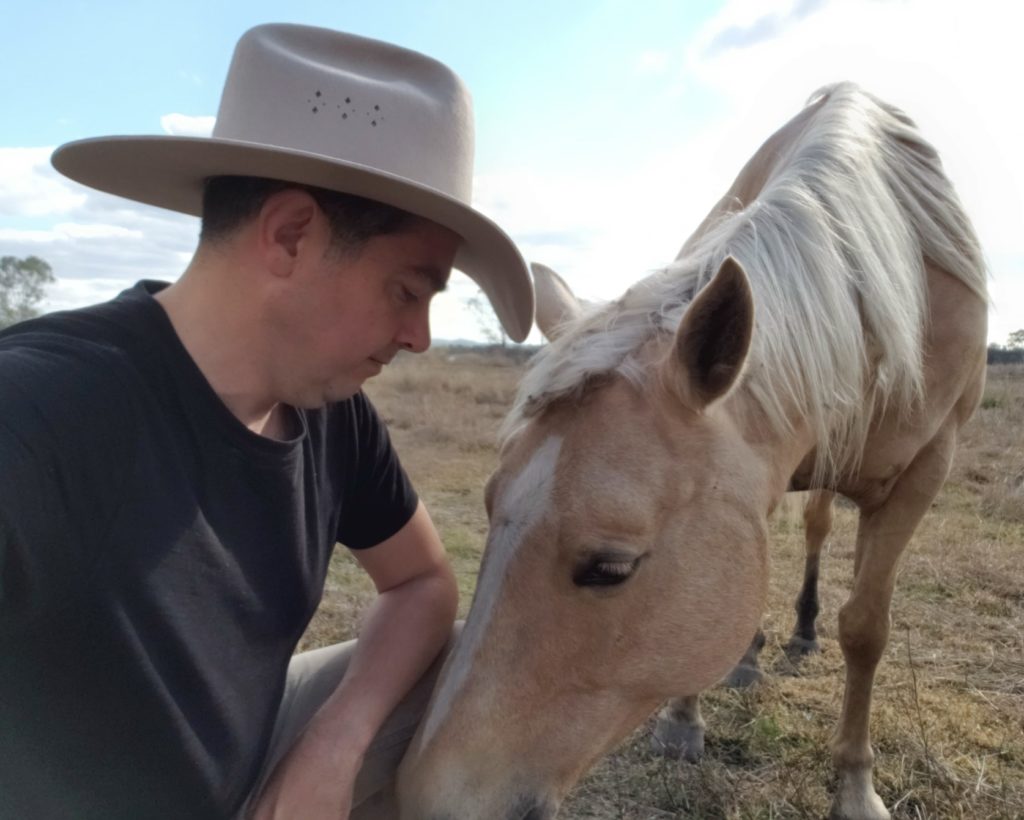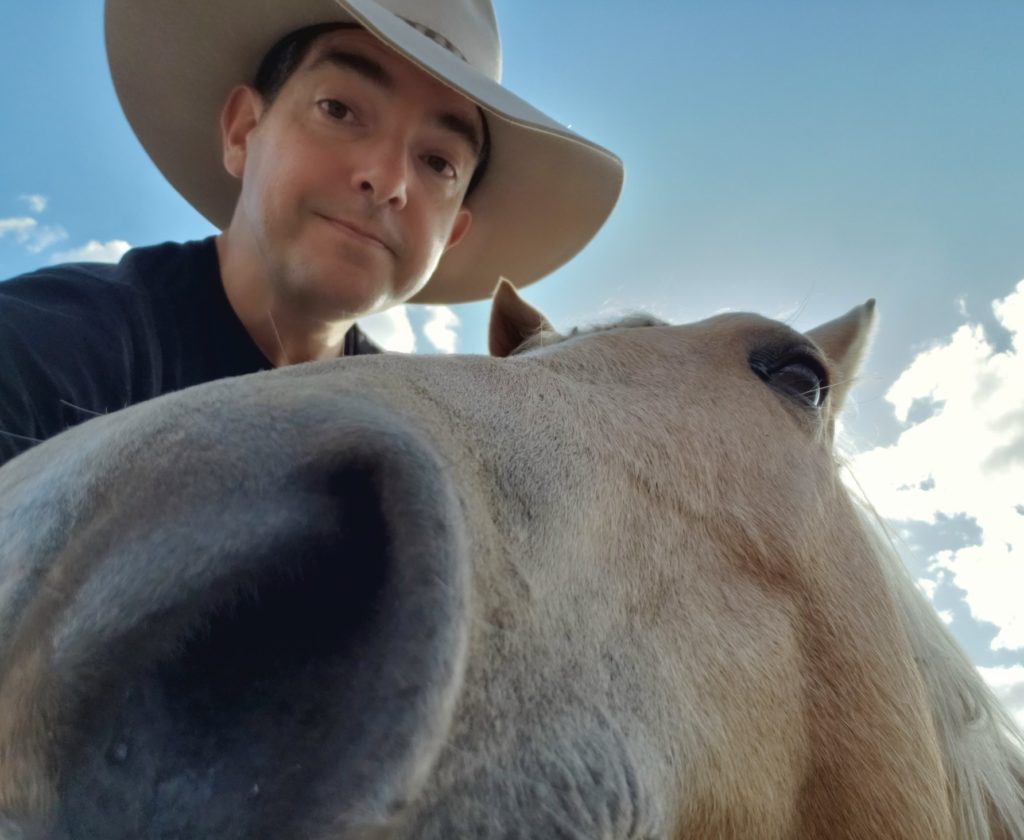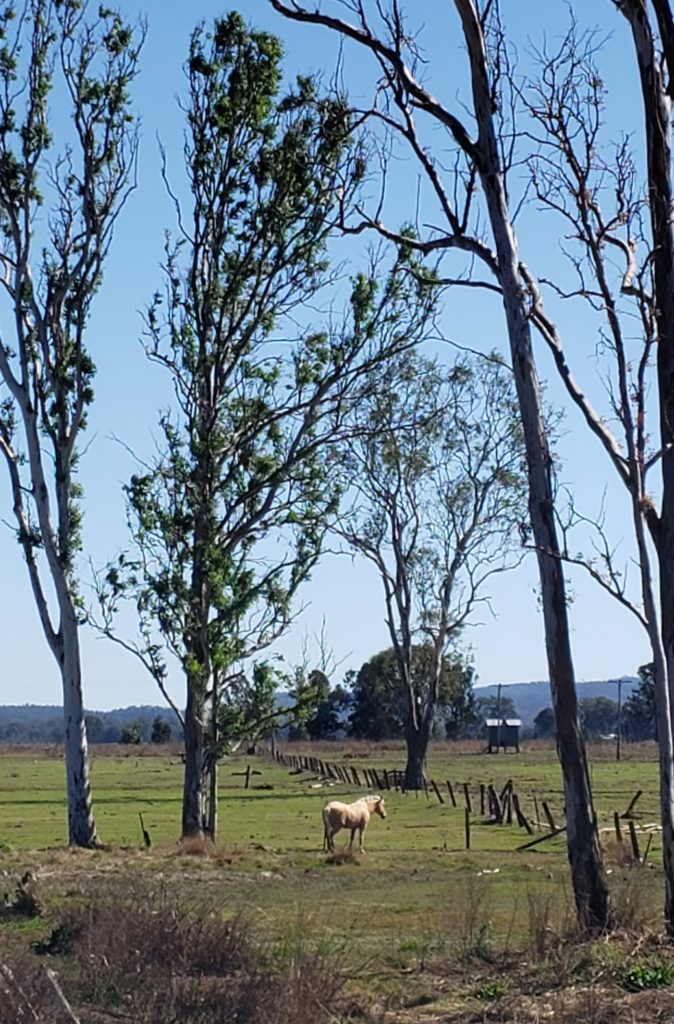
Any reference to Australia is likely to feature a kangaroo, a koala, or perhaps an echidna, platypus, or emu. These are, after all, the most iconic animals here next to crocodiles and Great Whites. But it’s the birds and horses I will remember most.
Since my earlier post about the animals here, one of my little friends has died, Squeeker the butcher bird, and the two horses I had once fawned on had long since been sold and relocated. I also feared that Kermit the gecko had gone on to that great linen closet in the sky, but I just saw him on the wall again last night. Since that older post, however, new animal friends have shown up and I’ve made some new friends. So this will be a wildlife update.
At one point the Reynolds had dropped off a couple of bags of mandarin oranges, here called mandareens. Mick and Beryl both had diabetic issues and could no longer eat them despite having waited all year for the fruits to ripen on the trees, so they gave them away to the rest of us. But there were so many that I was only able to eat about half of them before they started to dry out and show signs of mold. So as a result I was able to make a few new friends by means of them.
The first were the rainbow lorikeets. I had greatly enjoyed feeding them at Cania, but I had nothing to give the ones I had seen around the house. However, once I began putting mandarin slices or halves out, not only did two lorikeets start to come by daily, but so did the blue-faced Honey eaters I had seen. They all loved the juice. Even once the mandarins were gone, these birds would come by from time to time to see what was on offer. Though I was never able to hand feed either type of bird, they became much less nervous about coming close after they learned I could be trusted.
The lorikeets were fearless and would regularly chase off other birds, even those two or three times their size. But that fearlessness also meant that once they became used to people they could be hand fed. They also had a really funny little awkward hop, made a high pitched sound when taking off in flight, and had an extremely loud, piercing shriek which was nonetheless nice to hear. They have a tongue that’s adapted for nectar, pollen, and fruit which quickly flicks in and out in an adorable way. As the name suggests, their colors were mind blowing.
Another new addition was the Noisy Miners. These little brownish grayish birds had a large, yellow patch behind each eye which made them look a bit like cartoon characters. They were very aggressive and as their name implies, they would often shadow another bird to glean its scraps or steal its food. They would fly up onto the porch railing in tandem with a magpie or Honey Eater and just perch next to it in an avian game of Simon Says. They would dive at and harass the Honey Eaters whenever they came, and they liked fruit nectar as much as the Lorikeets. I think that the other birds were a bit annoyed by them. They were, as the name suggests, quite noisy, but they were also bold enough to eat from my hand and even sit next to me on a deck chair at times.
There were a couple new factoids about the butcher birds as well. One thing is the name. Whenever I give these guys something to eat they will smack it against the ground several times. This partly comes from the instinct to kill whatever it is they have caught. The magpies and kookaburras did the same, though sometimes this was just to break something into smaller pieces. The ‘butcher’ part goes along with this in that they sometimes impale their catch on a thorn or branch before taking it apart as they eat. I saw this regularly on the veranda, but once when I was walking in the back paddock a kookaburra dove down in front of me and caught something. I couldn’t see what it was exactly, but the bird began smacking it against a log to kill it. As mentioned before these birds have a hook on the end of their beak, so they’re really not something you want to have aggressively swooping at your face during mating season.
The birds all had different amusing hops. The Butcher birds would lean back and hop around. The Lorikeets would hop in a really awkward and ungainly way, and the magpies would just run across the veranda. Check always did this as he would land on the edge of the porch and run over to me like an excited puppy. At times the magpies would sort of gag a bit and then cough up a pellet that looked almost like a beetle. These were the remains of carapaces from all of the bugs they had eaten. It was kind of gross, but no different than hairballs, I guess (also gross). The magpies would sometimes stand on one leg likely because of having stepped on a bindi. The magpies and butcher birds both wiped their beaks regularly.
It also turned out that the phenomena I had witnessed, and that I thought was routine, of hundreds of flocking Corellas sitting in the trees here at the house was actually a freak thing that had almost never happened before. I spoke with a couple who had lived here for many years and they said that they had never witnessed it.
Since my last animal post I had at times seen a dark shape running across the back porch at night. So one evening I set up my camera and put out a plate of food to see what I’d catch. After almost two hours an odd looking animal emerged. It had large eyes and ears, a black bushy tail, an odd, stiff walk and looked very Australian. It was a brush-tailed Possum. One night during my first month here, we had come out of the Kingdom Hall and Peter had gotten excited by something he had glimpsed climbing up a tree and out of sight. He said it was one of these animals, but up until now I had never actually seen one. Their ‘Aussie’ look comes most likely from the fact that they are marsupials. They also have prehensile tails (the body part I would most like to have next to wings). They are nocturnal and love fruit and vegetables in addition, apparently, to strawberry jam. As compared to the opossums in Ohio, Didelphis Virginiana, (I knew knowing that would come in handy one day!!!) the brush-tailed possum is a bit easier on the eyes. Fun Fact: the opossum is the only marsupial found in North America.
Oh. And on another night I saw a small dark shape run across my kitchen counter and disappear behind the stove. This, I thought, must be a mouse, but I was later told that it was more likely a swamp rat. I had not seen one til then, and I didn’t that one again afterward, thankfully. I never found any torn open bags or anything so they must not have stayed.
Finally we come to the horses.
There had been two horses in the paddocks surrounding this one since I arrived, but I never made contact with them. Then one day they were grazing near the fence under the veranda, so I picked some grass for them to eat. It was the beginning of a nice friendship. Once in a while I would say hello to them and pick grass or weeds for them to eat. The male was very friendly, and very large compared to the younger horses I had befriended months before. He would nicker loudly when he saw me and walk over. The other was a female and was very skittish, but in time I was able to earn her trust as well and she would let me stroke her nose and face. I enjoyed spending time with those two and treating them loving, especially since their owner neglected them and apart from the occasional grudging mouthful of hay gave them little attention or care. One example of this was their hooves. Generally a horse that is looked after will have hooves that look the way one might imagine, with a nice solid appearance. But these horses were always on often wet and swampy ground, so their hooves appeared to be cracked and splintered at the edges, almost like toenails that badly needed cut. It was a real joy to spend time with those two, though I never learned their names.
The newest addition to the farm had come only a month ago. Her name was Goldie and she was a beautiful tan Palomino with a white mane and tail. Unlike the other two, she had been trained and was very used to being handled. It was only a matter of sharing a few apples and carrots with her and we became friends. The one defining trait she had was that she would whinny loudly throughout the day. This always made me smile because it was exactly the same sound from Young Frankenstein when someone would say ‘Frau Blucher’. One nice thing to see was the other female horse and this new one sometimes nuzzling each other and sharing air together. Once again it was affection that the other horse needed.
I’ll miss all of it when I leave in October. The slow pace has been so restorative and the interaction with the critters has been very therapeutic. Ohio’s beautiful but standoffish Cardinals and majestic but skittish deer just won’t be the same.
